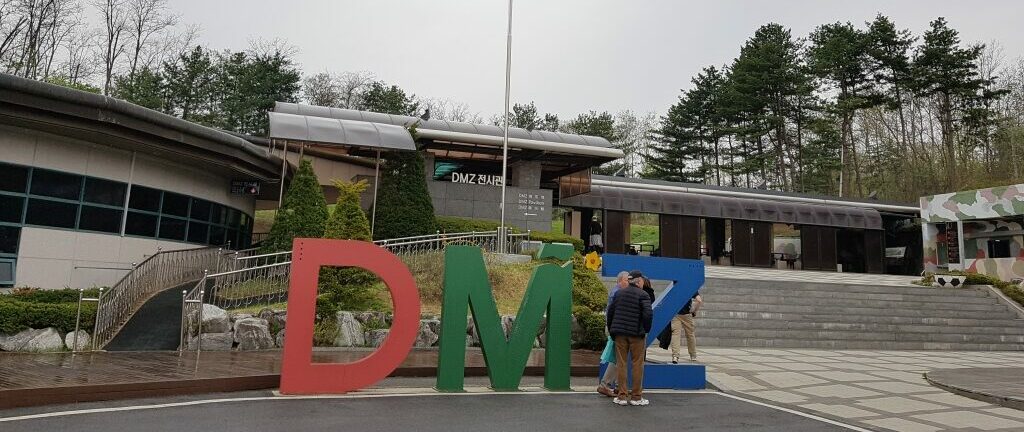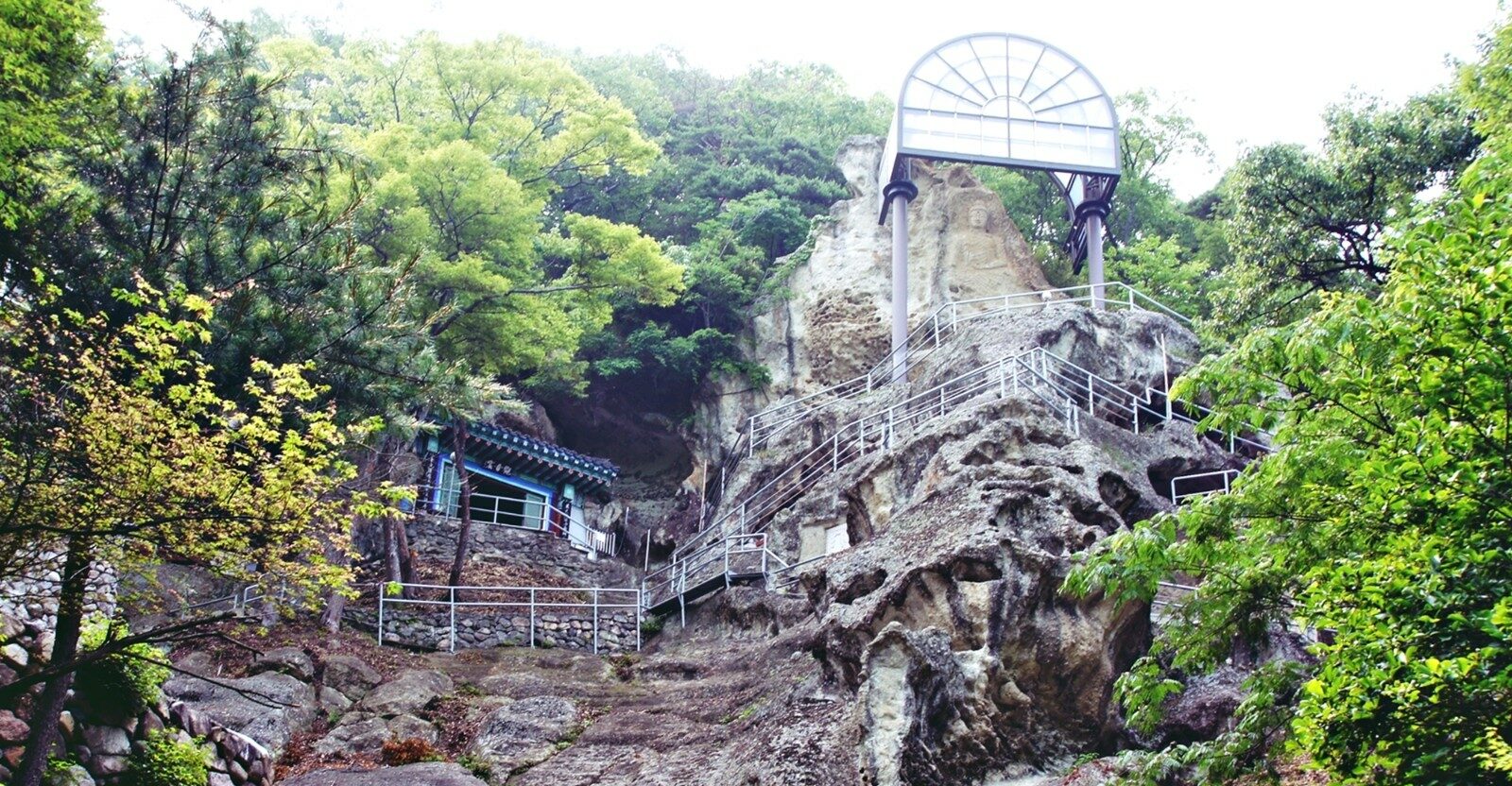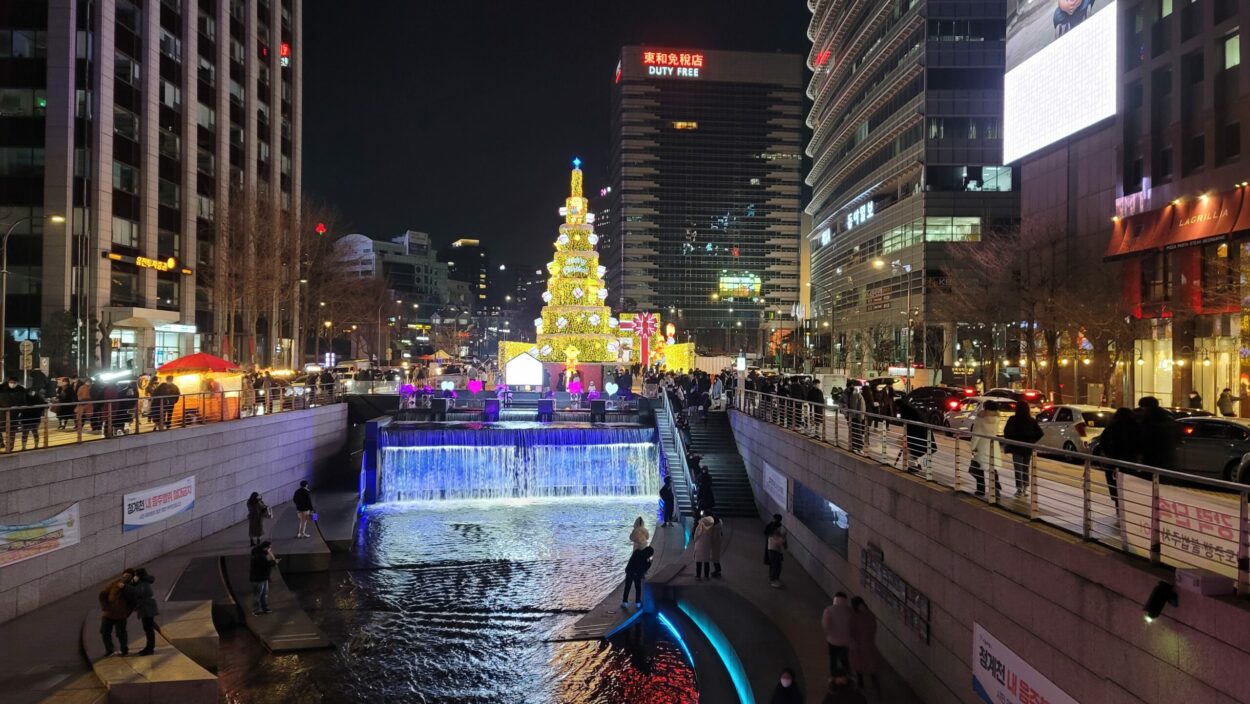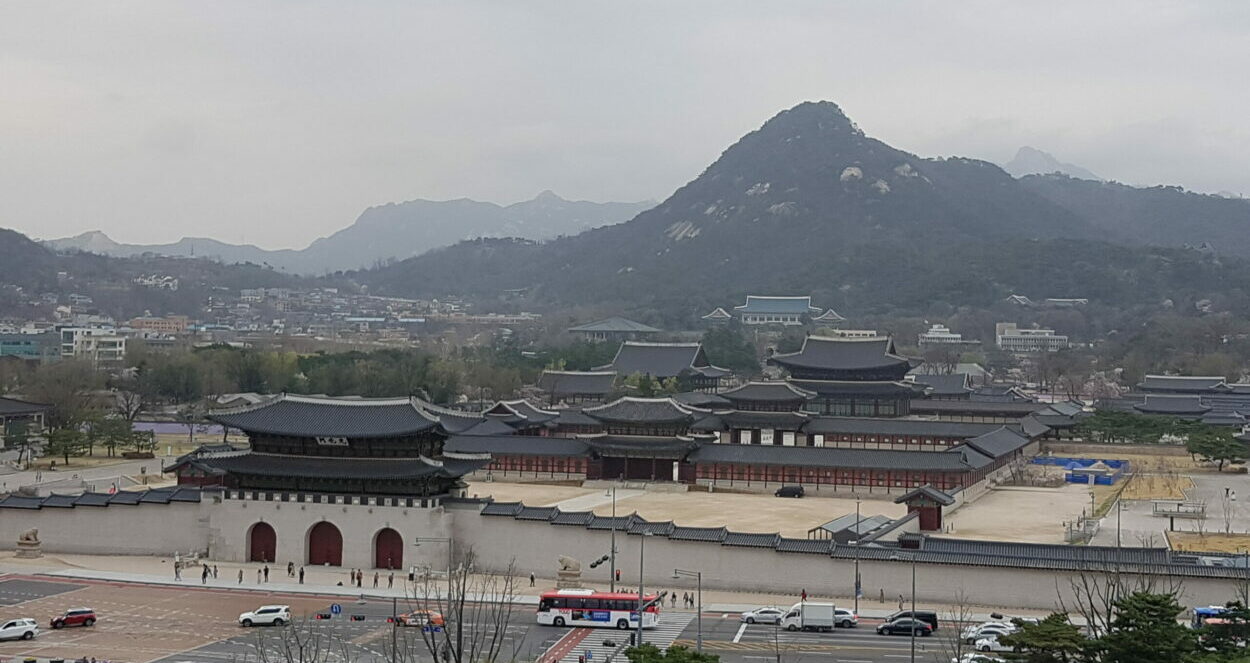The Korean Demilitarized Zone (DMZ) stretches 250 kilometers long and 4 kilometers wide, serving as a stark boundary between North and South Korea. This heavily fortified border zone stands as both a symbol of ongoing tension and a beacon of potential reconciliation.
How to Get There
- From Seoul, visitors must join authorized DMZ tours, which typically depart from major hotels or designated meeting points
- Most tours start early morning (around 7:30-8:30 AM) and last 6-8 hours
- Tour operators include Koridoor Tours, VIP Travel, and GetYourGuide
- Advance booking is essential (at least 3-4 days prior)
- Bring your passport, as it’s required for security checks
- Dress code applies: no ripped jeans, sleeveless shirts, or open-toed shoes
Main Attractions
- Underground Revelations: The 3rd Infiltration Tunnel, discovered in 1978, extends 1.64 kilometers beneath the surface. Visitors descending into this historical passage gain firsthand insight into the realities of Cold War espionage. Wear the provided hard hat and comfortable walking shoes for the steep walk down.
- Dora Observatory: From this strategic viewpoint, visitors can glimpse into North Korea’s Gijeong-dong, known as the propaganda village. Through mounted binoculars, observers witness the peculiar sight of this meticulously maintained yet largely uninhabited settlement.
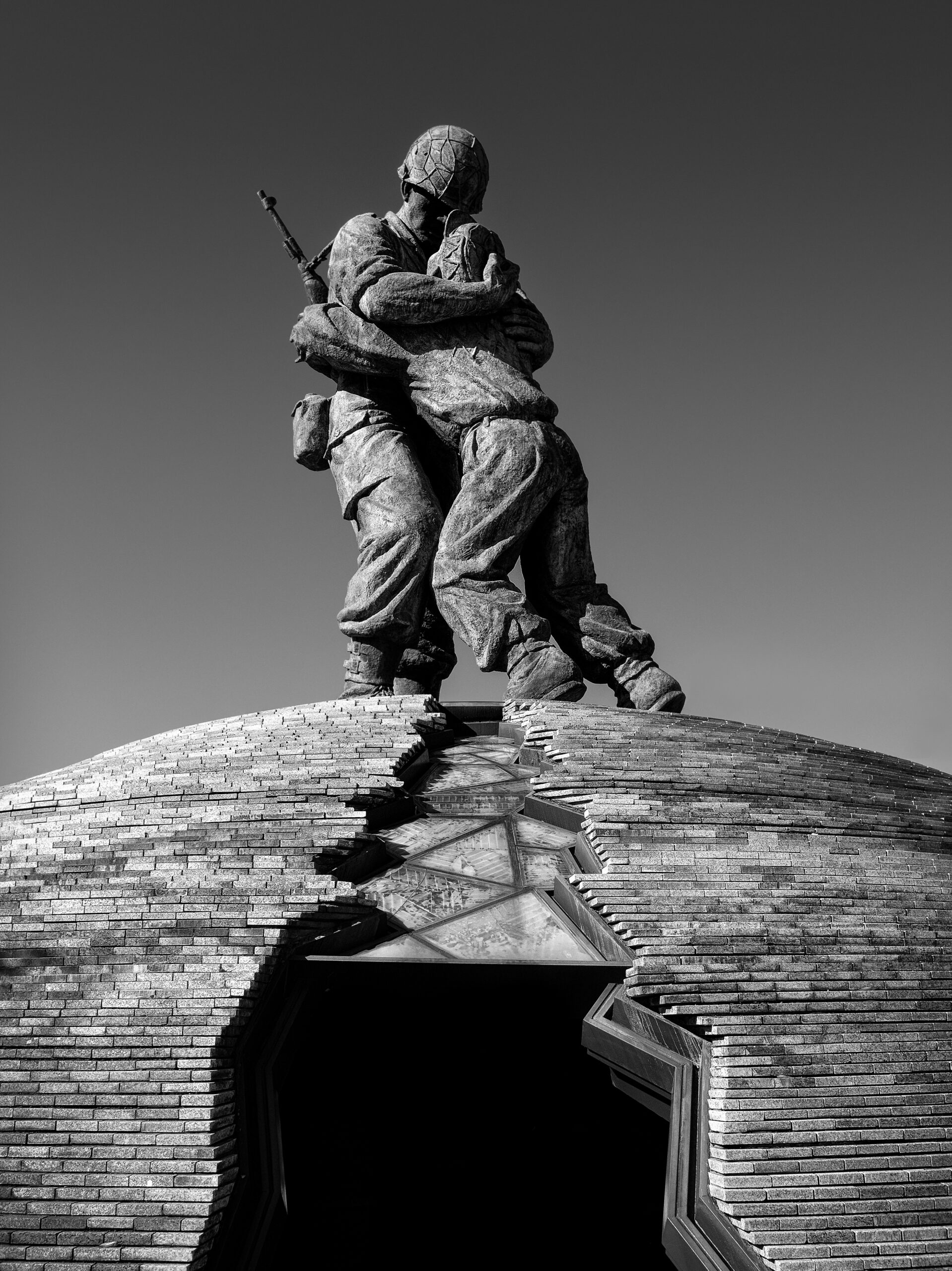
Notable Nearby Attractions
Joint Security Area (JSA)/Panmunjom:
- Located 50km north of Seoul
- Features distinctive blue conference buildings straddling the Military Demarcation Line
- Visitors can briefly step into North Korean territory inside the conference room
- Requires separate booking and additional security clearance
- Stricter dress code applies
Imjingak Resort
- Located 7km from the DMZ
- Features historical monuments and an unexpected amusement area
- Houses the Freedom Bridge and various war memorials
- Offers restaurants and souvenir shops
- No special permit required for visiting
Camp Greaves
- Former U.S. military base turned educational facility
- Located 2km from the DMZ
- Offers unique accommodation in converted military barracks
- Features exhibits about military history
- Popular filming location for Korean dramas
Woljeong-ri Station
- Northernmost railway station in South Korea
- Historical significance as a symbol of division
- Features educational exhibits about Korean reunification
- Located near the DMZ Theater showing related documentaries
Practical Tips
- Book tours through reputable companies
- Tours typically cost between $50-150 USD depending on inclusions
- Photography restrictions apply in certain areas
- Most tours include lunch
- English-speaking guides available
- Weather can affect visibility at observatories
- Some locations require significant walking
This journey through the DMZ offers more than a tourist experience—it provides profound insights into Korean history and the ongoing pursuit of peace on the peninsula. The combination of historical sites, military installations, and cultural attractions makes it a must-visit destination for anyone interested in understanding the Korean Peninsula’s complex dynamics.

